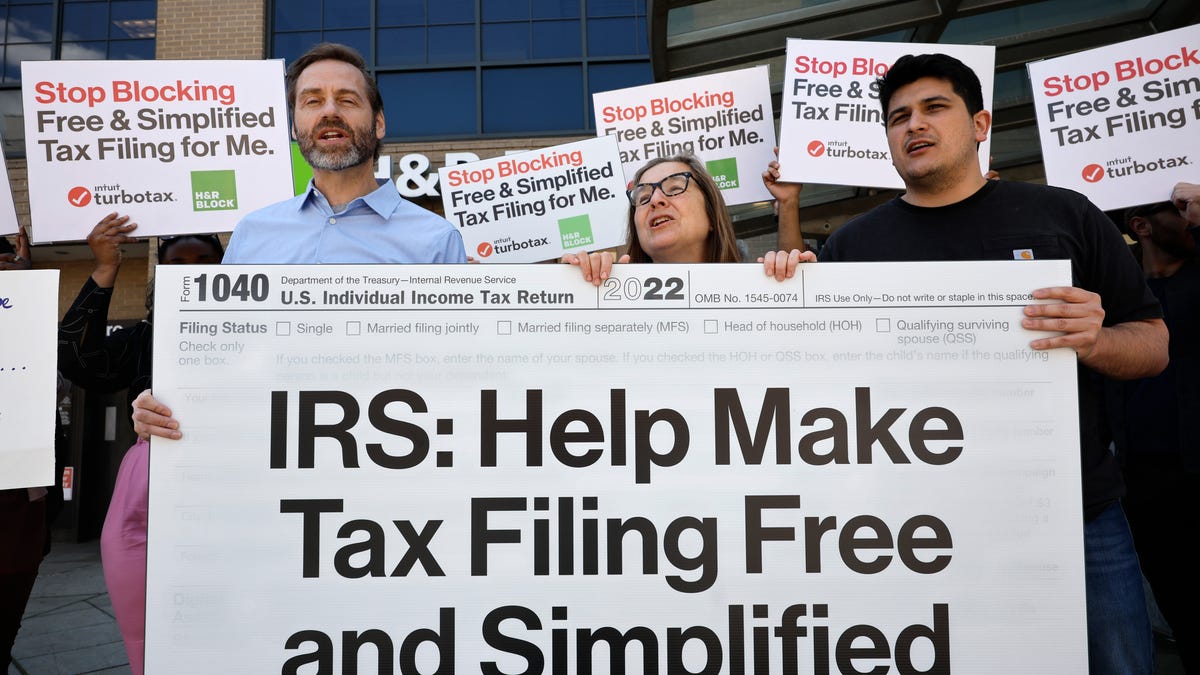Revolutionizing Tax Filing: The IRS Direct File Program
Amidst the myriad issues that divide Americans, one universal sentiment remains: taxes are a burdensome affair. Over the centuries, this outlook has driven more than 1.65 million accountants and auditors in the United States to navigate the complex world of tax compliance, while services like TurboTax and H&R Block have thrived, notwithstanding their well-documented track record of challenges.
The Emergence of IRS Direct File
However, a watershed moment may be on the horizon. Following years of persistent lobbying efforts by Intuit, the creator of Turbo Tax, and H&R Block, the Internal Revenue Service (IRS) initiated a groundbreaking Direct File pilot program in 12 states. The program was met with resounding success, with over 140,800 taxpayers across states like California, Texas, Florida, and New York embracing the opportunity to file their taxes directly with the IRS this past tax season. The cumulative result? More than $90 million in tax refunds claimed and $35 million in reported tax balances due, a feat that exceeded expectations and garnered unprecedented attention, with over 3.3 million individuals exploring their eligibility for the program.
Unlike the IRS’ Free File initiative, Direct File imposes no income limits and relies entirely on newly developed software crafted in-house by the IRS itself, setting it apart from state-specific free filing options that hinge on externally sourced platforms.
User Experience and Industry Implications
Feedback from the nearly 11,000 Direct File users surveyed revealed overwhelmingly positive sentiments, with 90% rating their experience with the program as “excellent” or “above average” According to the IRS, participants not only found Direct File fast and seamless but also expressed a heightened regard for the agency as a whole.
While the IRS revels in the triumph of its Direct File initiative, tax-prep behemoths like Turbo Tax and H&R Block face a conundrum. Despite the disparity in features between the IRS system and commercial tax preparation software, surveys indicate that a significant portion of the American populace, to the tune of three-quarters, harbor an interest in a government-provided free tax-filing system. The Economic Security Project projects that an expanded Direct File could save taxpayers an average of $160 annually in tax preparation expenses, with low-income households standing to gain up to $12 billion in unclaimed federal tax credits.
Conversely, there are mounting concerns regarding the practices of certain tax prep companies. Reports have exposed dubious tactics employed by industry giants, such as Intuit and H&R Block, to steer consumers toward paid products, resulting in millions overpaying for services they should have obtained at no cost. Regulatory bodies like the Federal Trade Commission have cracked down on deceptive marketing practices, with some companies being penalized millions in settlements.
Future Prospects and Fiscal Implications
As the dust settles on another tax season and the IRS reflects on the outcomes of the Direct File program, the agency remains poised to unveil its future trajectory later this spring. With $24.6 billion invested in launching Direct File, indications suggest the potential for program expansion or termination based on the accrued feedback and data analysis. The IRS’ commitment to evaluating the efficacy of Direct File underscores a commitment to modernizing tax compliance and ushering in a new era of convenience and efficiency for American taxpayers.
Image/Photo credit: source url





